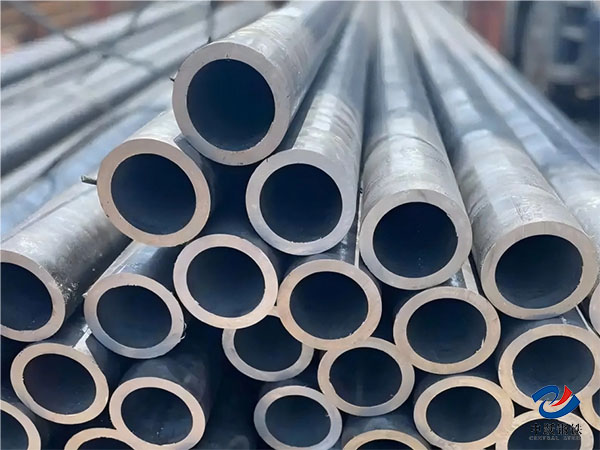
Chemical composition
|
Symbol |
Material Number |
C |
P |
S |
N¹) |
|
St37.0 |
1.0254 |
0.17 |
0.040 |
0.040 |
0.009²) |
|
St44.0 |
1.0255 |
0.21 |
0.040 |
0.040 |
0.009²) |
|
St52.0³) |
1.0421 |
0.22 |
0.040 |
0.035 |
- |
Mechanical properties:
St37.0: Minimum yield strength 235MPa, minimum tensile strength 350MPa
St44.0: minimum yield strength 275MPa, minimum tensile strength 420MPa
St52.0: minimum yield strength 355MPa, minimum tensile strength 500MPa
Different grades of steel pipes will be different in chemical composition and heat treatment process to ensure that they can meet safety requirements under specific working conditions and have good processing and welding performance.
Dimensions and tolerances
The dimensions and tolerances of the pipes are also specified in DIN 1629. In general, the nominal diameter of seamless carbon steel pipes ranges from 15 mm to 500 mm, and the wall thickness varies according to the diameter.
Size DIN 1629
Wall thickness (mm) : 1 to 30
Outer diameter (mm) : 10 to 324
Length (mm) : 14000
Tolerance: Diameter tolerance is about ±1%, wall thickness tolerance is about ±10%.
International standard equivalence
DIN 1629 seamless carbon steel pipe has a high consistency with ASTM A53 and ASTM A106 standard products in terms of chemical composition and mechanical properties. Both are suitable for high temperature and high pressure medium transportation and structural parts manufacturing, and are often cross-referenced and selected in international engineering projects, thus providing technical support for transnational engineering design.
Conclusion
In summary, through a detailed analysis of DIN 1629 seamless carbon steel pipes, it can be understood that DIN 1629 seamless carbon steel pipes can achieve a variety of performance requirements from low carbon and high toughness to high strength and high load bearing under different material grades (such as St 35.8, St 37.8 and St 52.8 grades). The performance of DIN 1629 seamless carbon steel pipe also ensures its wide application in the fields of petroleum, chemical, mechanical and municipal engineering, while its high equivalence with ASTM standards also provides strong support for international engineering material selection.
Read more:Applications of precision seamless tubes in the automotive industry